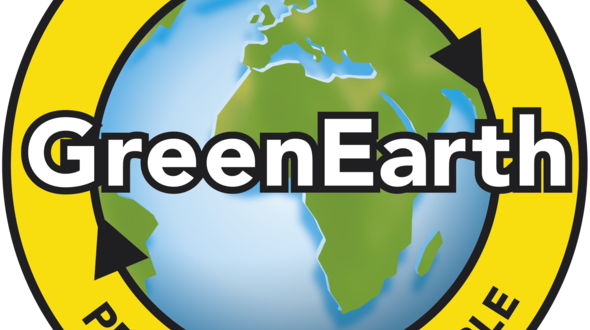Festuca arundinacea - Over the last few decades there were frequent long periods of drought. Combined with the use of poor, sandy topsoils this has led to sports fields being significantly sensitive to drought. Selecting Festuca arundinacea in such cases seems to be the right solution for obtaining optimum performance in many such cases. This can mainly be explained by the ability of Festuca arundinacea to form a deep-lying root system. There are also large differences in terms of grass yield, as shown in figure 8.
Bardavinci produces almost 40% less biomass than existing festuca arundinacea
The provisional results of research show huge differences in growth and yield for Festuca arundinacea. Great savings can be made by choosing the right mixture!
Over the course of 2013, Barenbrug will be able to provide you with a good deal of additional information relating to the biomass production of other cultivars, such as Lolium perenne, Poa pratensis and Festuca arundinacea. These cultivars will be used for the GreenEarth products for sports fields, fairways, tees and other public green spaces. We will keep you informed!

Figure 8: Less biomass, so less mowing Bardavinci.
Source: Landlab, 2009





